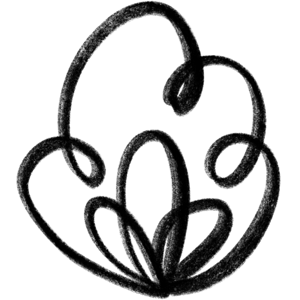January 2021
Science. Art. Wonder. : Goldistars
This piece was created in collaboration with Andrew Couperus, a Graduate Student at Georgia State studying in the field of Astronomy, specifically stars smaller than the Sun to determine how their brightness changes with time and the potential habitability of exoplanets around them.
Exoplanets — worlds beyond our Solar System!
They are all the rage these days in astronomy, but how do you know if life could be living on them? If a planet gets to close to its host star, it’ll be burnt to a crisp! But too far away and it will be a totally frozen snowball… a chilling thought for any aliens that haven’t invented blankets yet. However, if the exoplanet is orbiting at just the right distance, then liquid water could exist and maybe even life! This so-called Goldilocks Zone, otherwise known as the Habitable Zone, is where astronomers are looking for habitable worlds around stars beyond our Solar System.
But wait, there’s more! Even if a planet is in the Habitable Zone, the star itself could still be too active and eruptive for life to exist on the planet. Just like the Sun has dark Sunspots on its surface and can blast out solar flares, other stars can do the same, and some are so active that their flares might hit an orbiting planet and destroy any life there! This activity is illustrated in the stars by Paulina Schuler from Georgia Tech, demonstrating a super-active scary monster star with lots of starspots and plasma tendrils (bad activity level for life), a calm sleepy inactive star (best activity level for life), and a happy in-between dancing star with only a few spots and weak tendrils (tolerable activity level for life). The astronomy research done by Andrew Couperus at Georgia State University studies this activity to see if we can understand its behavior so that we can find planets with the best chances for life to survive.
-Description by Andrew Couperous
-Painting by Paulina Schuler

